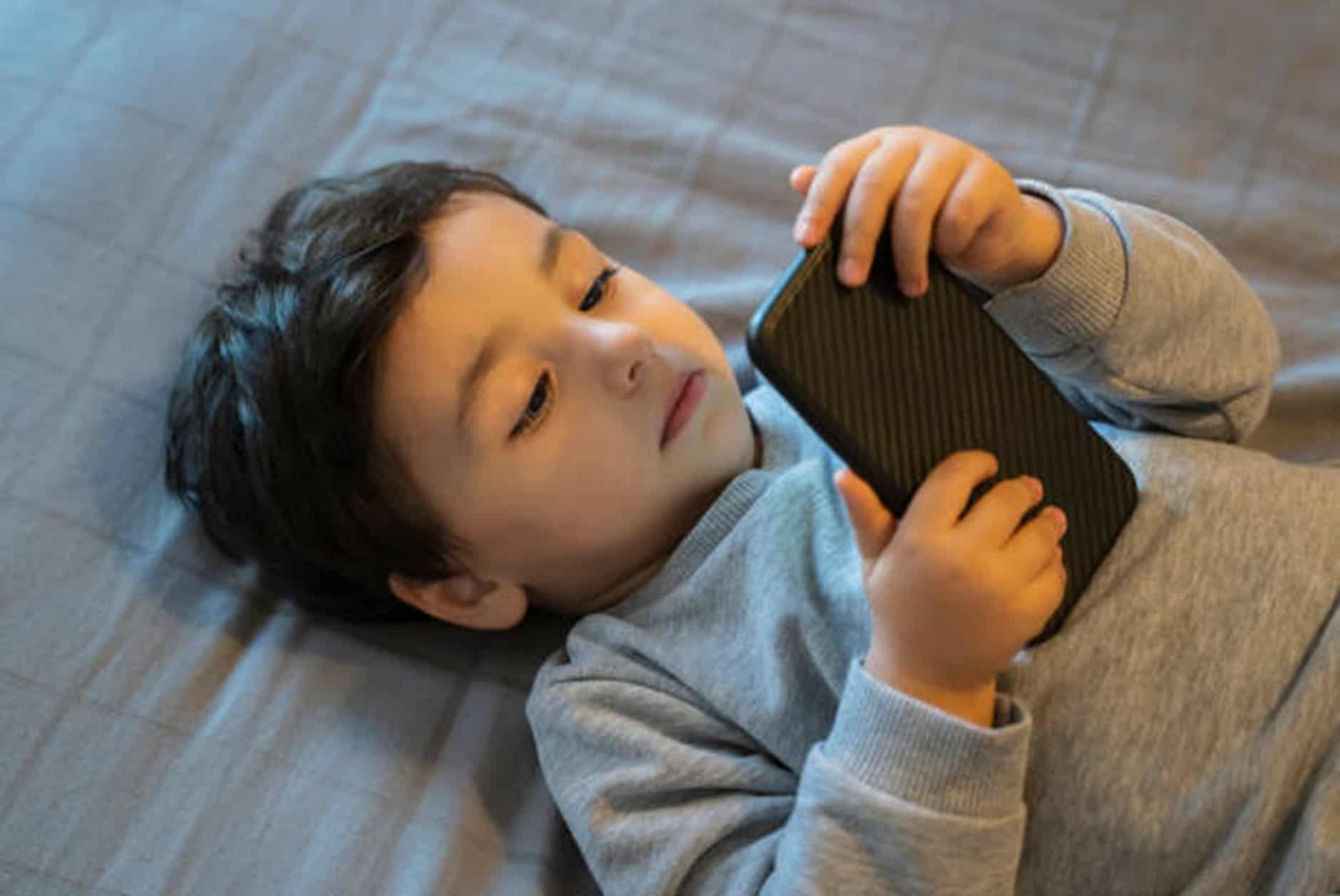In today’s digital age, it’s common to see children glued to screens, whether it’s a phone, tablet, computer, or television. While these devices can provide entertainment and educational value, too much screen time can have negative impacts on a child’s development and well-being. As a parent, we know it can be tricky to find a balance and limit your children’s screen time. In this article, we will provide tips on how to reduce your children’s screen time, so they can enjoy a healthy and balanced lifestyle.
Set a Schedule for Screen Time
One of the most effective ways to reduce your children’s screen time is to set a schedule. Determine how much time your children can spend on screens each day, and create a daily schedule that includes screen-free activities like playing outside, reading, or doing crafts. Be consistent and enforce the schedule to establish healthy habits.
Create Screen-Free Zones
Another helpful tip is to create screen-free zones in your home. This can be a specific room or area where screens are not allowed, like the dining table or bedroom. Having designated areas where screens are not allowed can encourage your children to engage in other activities, such as conversation or relaxation.
Encourage Physical Activity
Physical activity is essential for children’s development and well-being. Encourage your children to engage in physical activities like playing sports, going for walks, playing in the garden. Physical activity not only reduces screen time, but it also promotes a healthy lifestyle.
Find Alternative Activities
Finding alternative activities to replace screen time can be challenging. Encourage your children to explore new hobbies like music, art, or cooking. You can also plan family activities like board games or movie nights. Finding fun and engaging activities that don’t involve screens can help reduce your children’s dependence on digital devices.
Be a Role Model
Children often learn by example, so it’s essential to be a good role model. Limit your screen time and engage in other activities like reading or exercise. When you prioritise screen-free activities, your children are more likely to follow suit.






